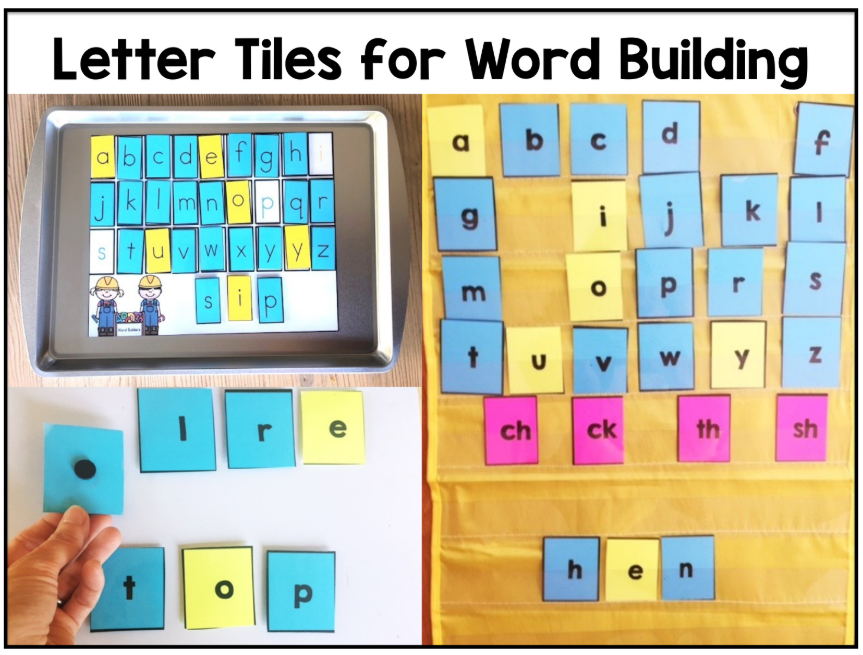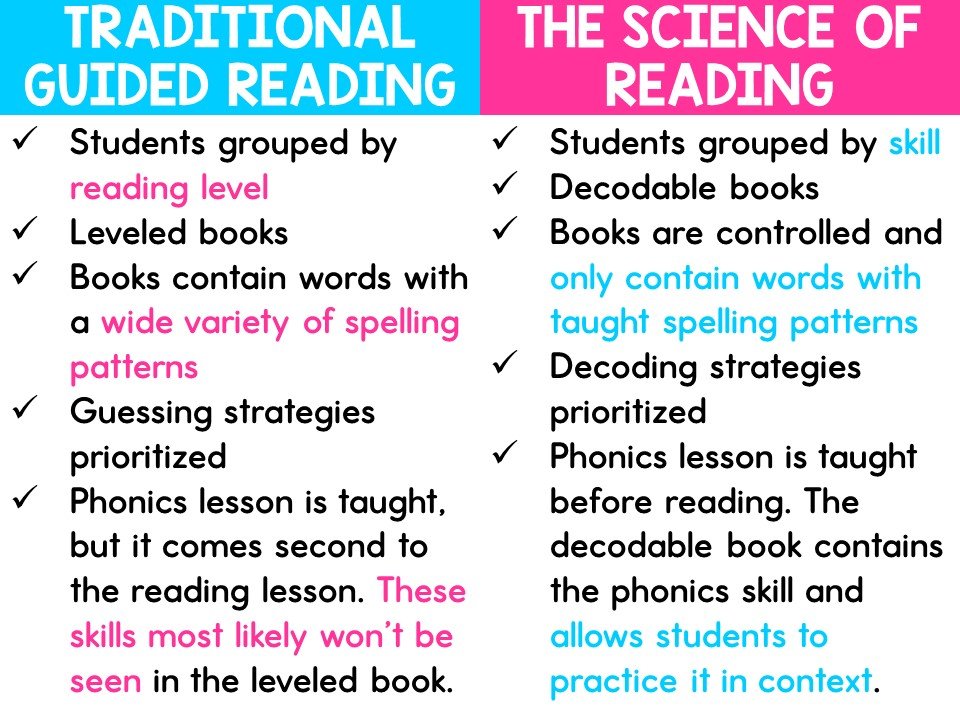
Small Group Strategies for Effective Literacy Instruction
“Imagine stepping into a world where every child’s educational journey is as unique as they are—a place where learning transcends the traditional confines of one-size-fits-all.”
Sample Lesson & Strategies
How do I create/setup groups?
Most frequently, I prefer the following methods of creating groups:
Skill/Strategy
Ability (i.e. language proficiency level)
and/or Expert/Interest (i.e. Project-based group)
These methods are based on the data and observations you collect!
Strategy #1: Teach the Routine
This is make or break. When your students understand what small-group time is going to look and sound like, they will be more successful with it. Before you begin implementing small groups, hold a lesson with students telling them what small groups are and why you are doing them. MODEL, MODEL, MODEL.
By teaching the routine, you are setting your students up for success. On the contrary, if you don’t teach the routine, don’t be disappointed if while you are working with your small group the remainder of your class is off task.
Strategy #2: Classroom Hub
Create a centralized location, like a bookshelf or set or drawers where materials and small group resources are stored until students need them.
Strategy #3: Independent Work
Frequently, one of the biggest reasons why some teachers abandon small groups is because they become frustrated when they feel they’ve lost control of the classroom. So, to avoid that, explicitly teach students what to do independently.
Write out the goals on chart paper or under a document camera and keep them visible during the lesson.
Show examples and nonexamples of end products, if applicable.
Give options/choice.
Strategy #4: Keep Groups Fluid
Do what students need and keep flexibility alive.
Small groups are fluid. They move and change with the time, topic, and needs of the learners.
Progress monitoring is key!
Nonnegotiable #1: Word Work: explicit phonics, decoding, fluency
Nonnegotiable #2: Language Comprehension: vocabulary, discussion, meaning-making
Quick Skills Warm-Up
Decodable Text (based on phonics skill) or grade-level text with teacher-led support.
Comprehension: Making meaning of the text.
Writing: Responding to the text.
Can Guided Reading Work with the Science of Reading?
This is an important question, and the answer is: it depends on how guided reading is implemented.
When you think of guided reading, you most likely think of small groups based around reading levels. This is traditional guided reading. Will traditional guided reading work with the Science of Reading? No, it won’t.
Guided reading, as a structure, isn’t inherently incompatible with the Science of Reading—it’s the content and approach within those small groups that matters. When small-group reading shifts from leveled books and cueing to explicit, skills-based instruction using decodables and structured literacy principles, it becomes a powerful tool that supports all readers, especially those at risk.
Group by Skill, Not Level
Use diagnostic assessments to group students by the specific skills they need (e.g., CVC blending, vowel teams, multisyllabic decoding), not just their guided reading level.Use Decodable Texts for Beginning Readers
Swap leveled texts for decodables during early instruction. This allows students to apply what they’ve explicitly learned about letter-sound correspondences and develop orthographic mapping.Prioritize Explicit, Systematic Instruction
Begin each small group with a short, targeted lesson on phonemic awareness or phonics, aligned with a logical scope and sequence. Build toward fluency and comprehension with supported practice.Change How You Teach High-Frequency Words (HFW)
Instead of using strategies that promote memorizing the shape or letter order of a word, consider using a process that promotes orthographic mapping to help students connect the sounds in the word to the letters.
Incorporate Language and Knowledge Building
For students who are secure in decoding, integrate high-quality texts that build background knowledge and vocabulary—while still supporting comprehension and syntax development.Continually Monitor Progress
Use ongoing, skills-based assessments to adjust groups and instruction. Don’t keep students in fixed groups based on a reading level.
Phonics Sample Routine for Upper Grades
Multisyllabic Word Routine
Strategy: Explicit instruction on decoding multisyllabic words using syllable division patterns (e.g., VCCV, VCV, etc.). Teach students to “spot and dot” vowels, split syllables, and identify prefixes, suffixes, and roots.
Explain & Model, Guided Practice, & Practice with longer words.
Morphology Mondays
Strategy: Dedicate time each week to teaching morphemes (prefixes, roots, suffixes). Embed vocabulary building by analyzing the meaning of words through their parts. Sample Morphology Word Work.
Phonics Spiral Review Warm-Up
Strategy: Daily 5–7 minute warm-ups that reinforce past phonics patterns (e.g., long vowels, r-controlled vowels, silent letters) using dictation, quick sorts, or word ladders.
Sentence-Level Dictation with Error Analysis
Strategy: Integrate phonics into writing by dictating sentences that target specific spelling patterns. Then, students review for phonics-based errors, punctuation, and grammar.
Decodable Practice for Upper Grades
Strategy: Use age-appropriate decodable texts to reinforce targeted phonics skills (e.g., Greek/Latin roots, vowel teams, word endings). Incorporate choral reading, partner reading, and comprehension questions.
Etymology
Etymology is the study of where words come from and how their meanings have changed over time. Teaching etymology helps students understand word parts, like roots and prefixes, which can make it easier for them to figure out the meaning of new vocabulary.
Online Etymology Dictionary (etymonline.com) – This is a user-friendly website where teachers and students can look up the history and origin of English words, often with simple explanations and examples.
ReadWriteThink Word Mover App (readwritethink.org) – While not solely focused on etymology, this free digital tool allows students to experiment with root words, prefixes, and suffixes to build vocabulary awareness and explore how words are formed.






